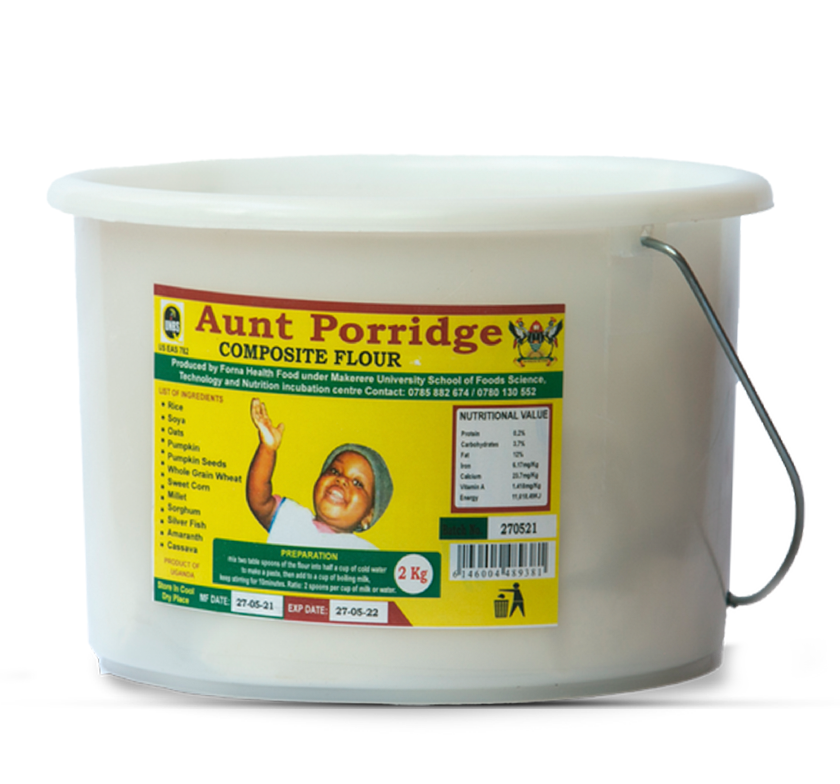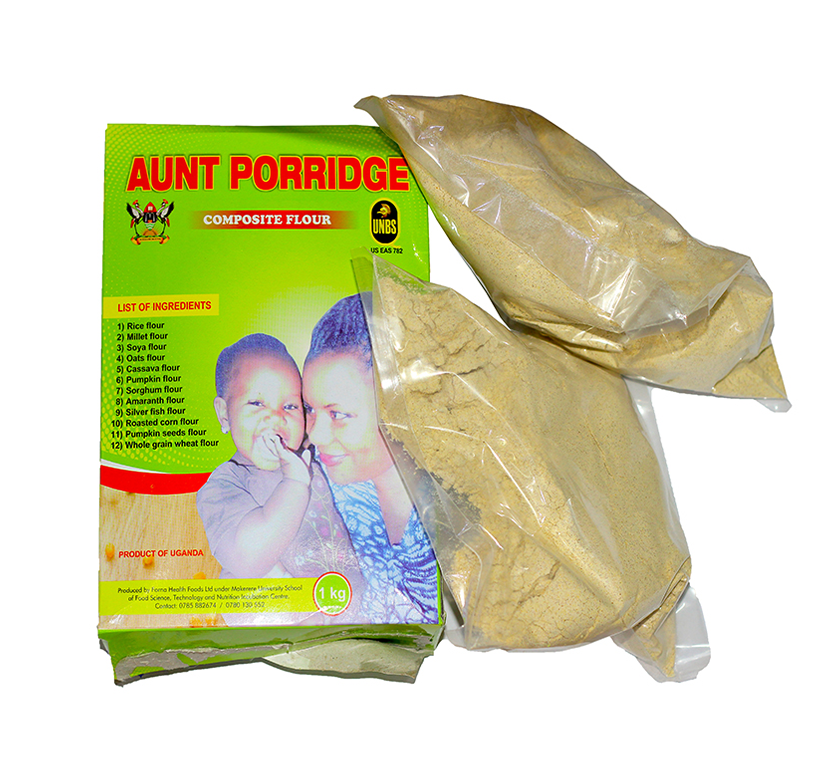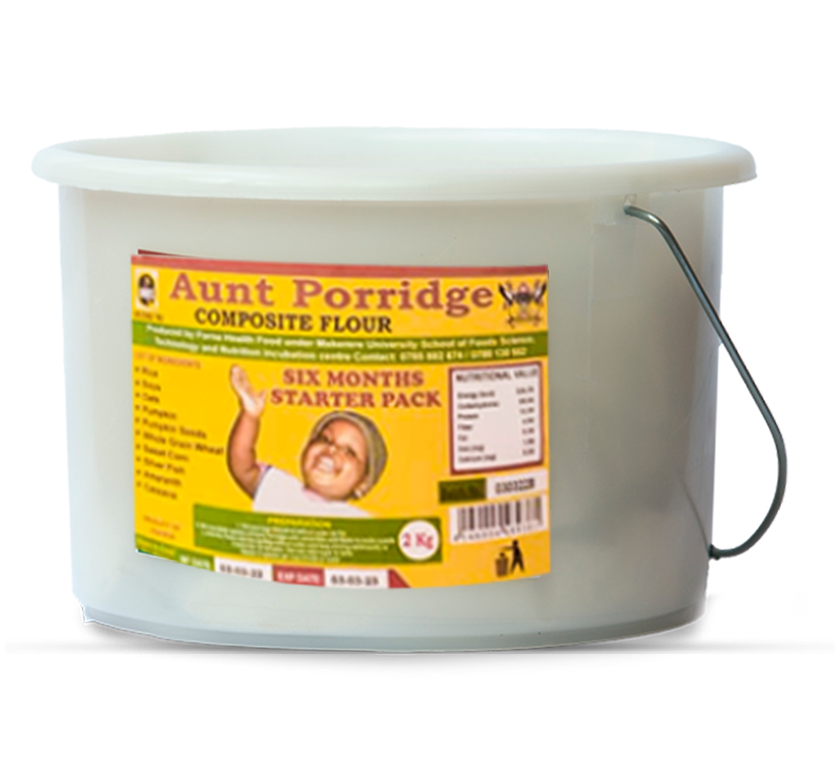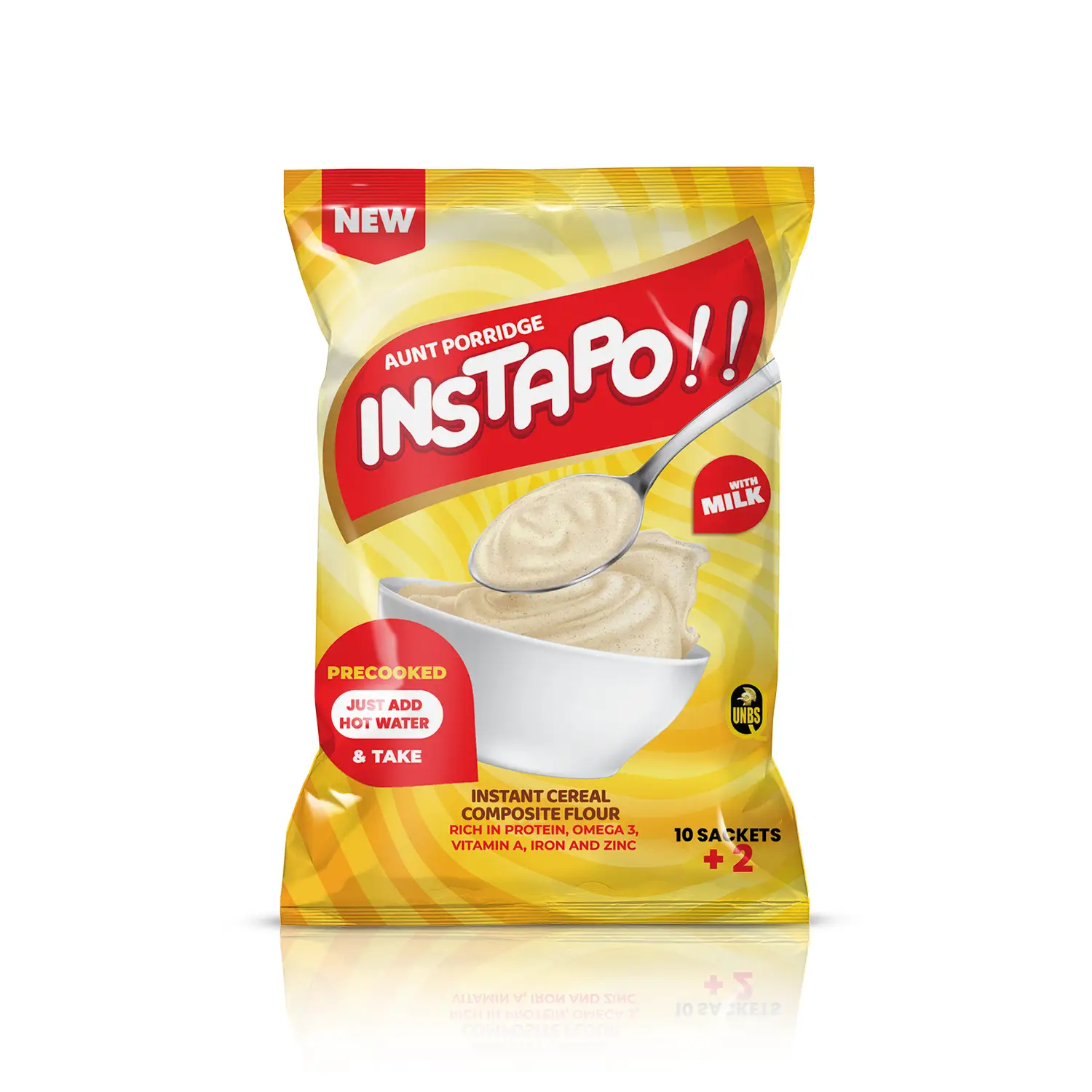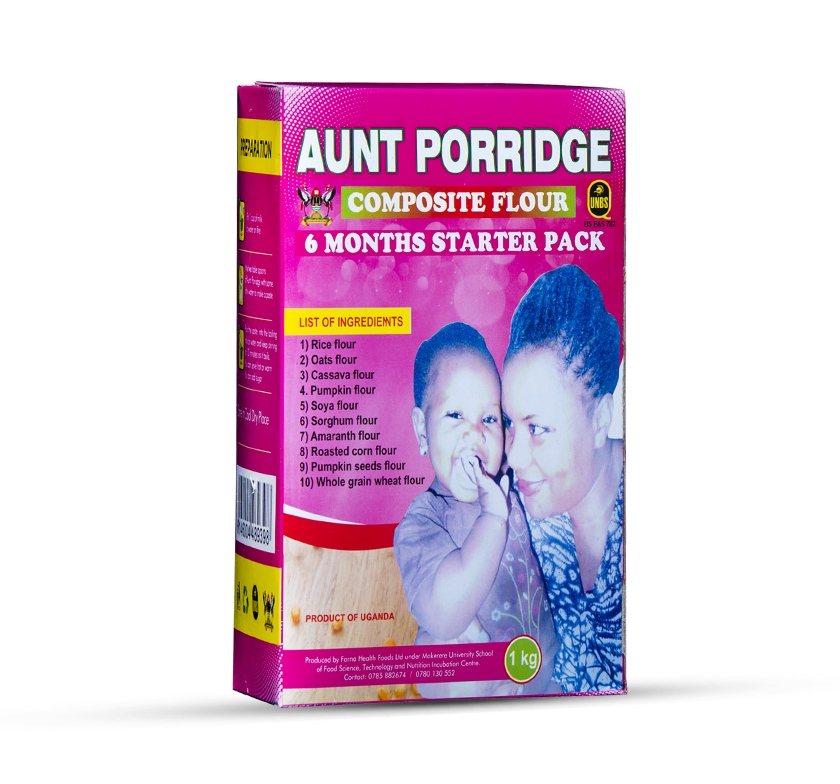Boosting your child’s immune system.
Continuing from where we stopped in the previous post “Boosting your child’s immune system is an everyday thing.” Below are other ways you can boost your child’s immune system;
5. Get your child active; exercise keeps us healthy and less likely to get sick. “By active”, this is not limited to the gym. Activities can be, swimming, a brisk walk, skipping, going to the play ground or doing a dance video workout. Make it fun. Contact the nutritionist for child friendly activities child and maintaining a healthy lifestyle-be sure you will get a follow up too.
6. Find a way of relieving stress; any stress kept in our bodies becomes toxic and express itself through sickness if not let out. Examples are having uninterrupted family time or creating a conducive environment for your child to talk to you.
7. Do the simple precautions like watching hands before and after food, asking them to cover their mouth or nose when coughing 😷 or sneezing 🤧; generally personal hygiene goes a long way.
“Contact the Aunt Porridge nutritionist for child health and nutritious feeding “
Dietician /Nutritionist Aunt Porridge || +256 787 070 057
Recommended products
-
UGX 23,000 – UGX 450,000Select options This product has multiple variants. The options may be chosen on the product page
-
UGX 11,000 – UGX 210,000Select options This product has multiple variants. The options may be chosen on the product page
-
UGX 23,000 – UGX 450,000Select options This product has multiple variants. The options may be chosen on the product page


